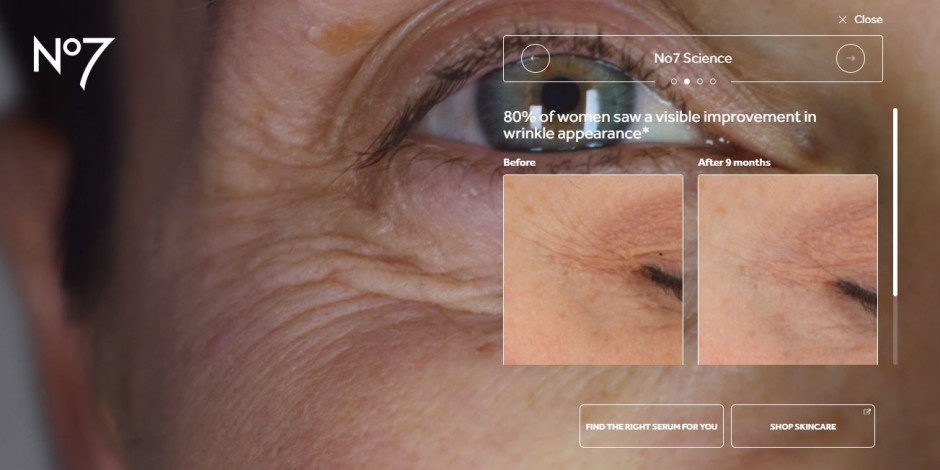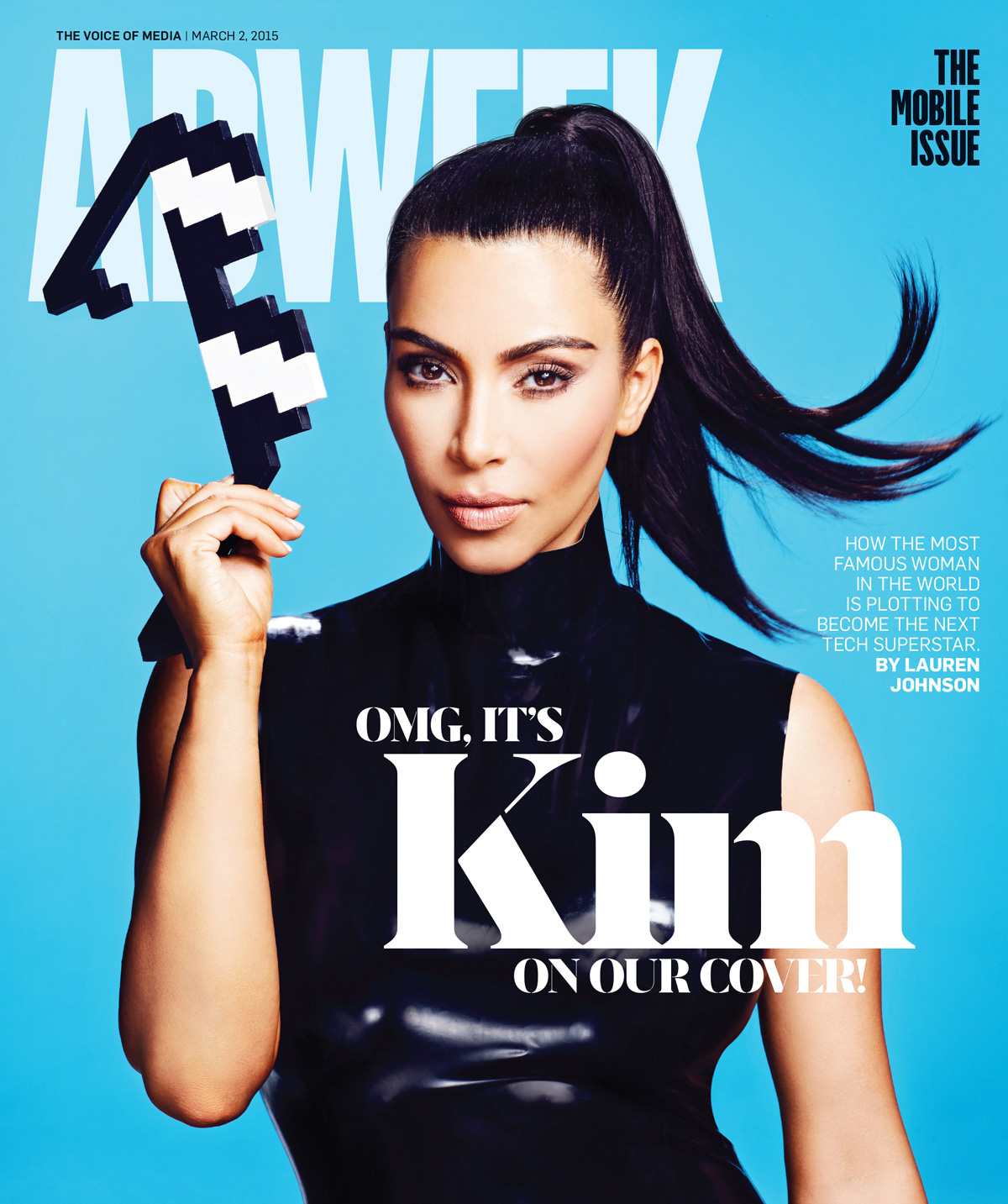Boots No7 has launched an interactive “digital education platform” for its skincare products after finding women were baffled by the array on offer.
Dubbed ‘Face Study’, the online hub displays a real human face (which was filed in 4K resolution) with no make-up and no re-touching, to help women understand the signs of skin ageing. Users can zoom and scroll across the face to learn about specific problem areas and what causes ageing, as well as suggestions of products which can help.
It was created for No7 by creative agency Studio of Art & Commerce, which was simply briefed to “to help target our customer at a deeper level than a TV ad could.”
Speaking to The Drum, Kristy McCready, global director of content and engagement at Walgreens Boots Alliance, said the brand initially considered creating a website it could populate with content but quickly ditched the idea in favour of something more interactive.
“There was something inherently more fascinating about the face. [Women] want to see how products look on a face like theirs and that led us to Face Study. It really allows you to get close to the effects of aging on the skin in a way that editorial content couldn’t.”
It took over 18 months of developing the idea for the Face Study to materialise and McCready said early testing with women in the 35 to 55 age bracket (its core demographic) has been encouraging. It also led to a tweak in the platform, with No7 adding a short questionnaire on users’ skin issues to make the advice more personal.
“The feedback was universally positive. They loved the realness of it and the fact there was no retouching or airbrushing and that they could genuinely see the effects of aging on the skin. It gave a level of authenticity they responded to and [gave] us real confidence in using this digital platform to help them understand ageing,” she explained.
“It’s a hugely exciting departure [from our usual digital activity]. We have a big retail footprint, with a number of advisors who are great at educating at the point of sale. But people’s [shopping habits] are changing and we need to respond to it. This is as close to an online experience of in-store advisors as we’ve ever got.”
To get people using the platform, No7 has hired Red Consultancy to devise a PR strategy predominantly focused on engaging with bloggers and influencers, while in-store staff will also use it as part of their consultation with customers.
Boots recently explained to The Drum how women are playing a bigger role in not only the development of its skincare products, but how they are brought to market and promoted.
Last year it launched its first own-brand skincare range in over two-decades to rave reviews after three years working with a group of women – originally found to simply participate in market research – to design the entire marketing strategy.
Studio of Art & Commerce also worked on that project. Its founder, Heide Cohu, , described this latest brief as “a huge task”.
“We did this by working directly with leading skincare scientists and bringing to life the incredible science of both how the skin ages and how No7 Age Defying products work,” she said of the process.
“It is an informative and simple, yet interactive and immersive digital platform, enabling women to tailor the journey according to their needs and find a personalised solution that’s right for them.”


























